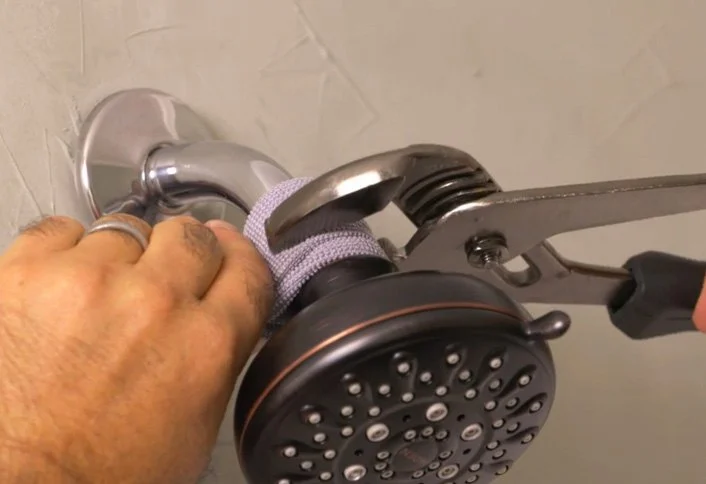
- 1. Introduction to Low Flow Showerheads
- 2. Why Choose a Low Flow Showerhead?
- 3. How to Select the Right Low Flow Showerhead
- 4. Step-by-Step Guide to Replacing Your Showerhead
- 5. Tips for Maintenance and Troubleshooting
1. Introduction to Low Flow Showerheads
If you're looking to reduce your water usage and save on energy bills, replacing your showerhead with a low flow design is a smart choice. Low flow showerheads are designed to restrict the amount of water flowing through the shower, without sacrificing water pressure. This simple upgrade can make a significant impact on both your utility bills and the environment.
In this article, we'll walk you through the benefits of low flow showerheads, how to choose the right one for your needs, and provide a step-by-step guide to replacing your old showerhead with a more efficient, water-saving model.
2. Why Choose a Low Flow Showerhead?
There are several compelling reasons to switch to a low flow showerhead. Here are the most notable benefits:
- Water Conservation: Low flow showerheads use less water, which helps conserve this precious resource. This is especially important in areas prone to drought or where water scarcity is a concern.
- Energy Savings: Using less water means your water heater doesn't have to work as hard to heat the water, which can lead to lower energy bills. Less hot water usage is both eco-friendly and cost-effective.
- Improved Water Pressure: Many low flow models are designed to maintain or even improve the water pressure compared to older, inefficient showerheads, so you don’t have to compromise on performance.
- Environmental Impact: By reducing water and energy consumption, low flow showerheads help reduce your household’s carbon footprint, making it a sustainable choice for your home.
3. How to Select the Right Low Flow Showerhead
Choosing the right low flow showerhead is essential to ensure it fits your needs and preferences. Consider the following factors when making your decision:
- Water Flow Rate: Low flow showerheads typically have a flow rate of 1.8 gallons per minute (GPM) or less. Make sure to select a model that meets your water conservation goals while still delivering an enjoyable shower experience.
- Showerhead Style: There are several types of low flow showerheads, including handheld, fixed, and rain shower models. Choose the style that best fits your bathroom layout and personal preference.
- Water Pressure Compatibility: Ensure the low flow showerhead is compatible with your existing water pressure. Some models are designed to work well even with low water pressure, while others require a higher pressure for optimal performance.
- Material and Durability: Opt for a durable material such as stainless steel or brass to ensure longevity and resistance to corrosion over time, especially in high-moisture environments.
4. Step-by-Step Guide to Replacing Your Showerhead
Replacing a showerhead with a low flow design is a simple and quick DIY project that requires minimal tools. Follow these easy steps to install your new showerhead:
- Gather Your Tools: You’ll need a wrench or pliers, Teflon tape, and a new low flow showerhead.
- Turn Off the Water: Before you start, make sure to turn off the water supply to the shower to avoid any mess or accidents.
- Remove the Old Showerhead: Use a wrench or pliers to loosen the old showerhead. Turn counterclockwise to unscrew it from the shower arm.
- Prepare the New Showerhead: Apply Teflon tape to the threads of the shower arm to ensure a tight seal and prevent leaks.
- Install the New Showerhead: Screw the new low flow showerhead onto the shower arm by hand, then tighten it slightly with a wrench or pliers to ensure it’s secure.
- Turn on the Water: Turn the water supply back on and check for any leaks. If you notice any, tighten the showerhead a little more until the leak stops.
5. Tips for Maintenance and Troubleshooting
To ensure your low flow showerhead continues to perform well, it’s important to maintain it regularly. Here are some helpful tips:
- Clean Regularly: Mineral buildup can clog the nozzles of your showerhead. Clean the showerhead every few months by soaking it in a mixture of vinegar and water to dissolve any mineral deposits.
- Check for Leaks: Always check for leaks around the showerhead connection. If you notice any leaks, tighten the showerhead or reapply Teflon tape to the threads to seal it properly.
- Replace Parts as Needed: If you notice a drop in water pressure or the showerhead stops working properly, it may be time to replace the nozzles or other internal parts. Some models allow for easy replacement of these components without the need to buy a whole new unit.
By following these steps and tips, you can enjoy the benefits of a low flow showerhead while also contributing to water and energy conservation. For more showerhead options, tools, and professional advice, visit Plumbers Supply Hub for the best products and services.


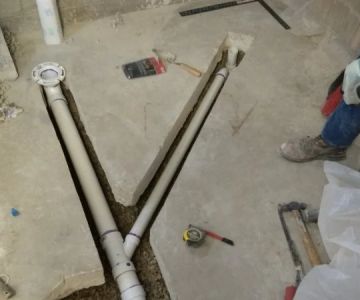





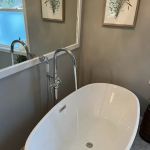 Oakland Plumbing LLC5.0 (17 reviews)
Oakland Plumbing LLC5.0 (17 reviews)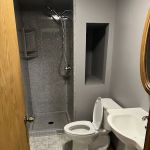 Midwest Plumbing & Service4.0 (7 reviews)
Midwest Plumbing & Service4.0 (7 reviews)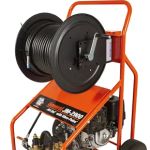 Moberly Plumbing4.0 (117 reviews)
Moberly Plumbing4.0 (117 reviews) American Trenchless Technologies4.0 (8 reviews)
American Trenchless Technologies4.0 (8 reviews) Tony's Plumbing3.0 (12 reviews)
Tony's Plumbing3.0 (12 reviews) Socal Plumbing Co5.0 (5 reviews)
Socal Plumbing Co5.0 (5 reviews) How to Repair a Hairball Clog Without Harsh Chemicals
How to Repair a Hairball Clog Without Harsh Chemicals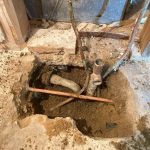 How to Repair a Junction That Is Leaking Under Slab: A Comprehensive Guide
How to Repair a Junction That Is Leaking Under Slab: A Comprehensive Guide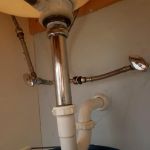 How to Replace a Sink Overflow Tube: A Complete Step-by-Step Guide
How to Replace a Sink Overflow Tube: A Complete Step-by-Step Guide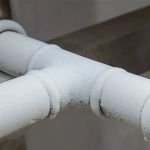 What Causes Frozen Pipes and How You Can Prevent It - Expert Tips
What Causes Frozen Pipes and How You Can Prevent It - Expert Tips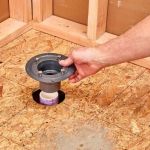 How to Replace a Shower Niche Drain: Step-by-Step Guide for Homeowners
How to Replace a Shower Niche Drain: Step-by-Step Guide for Homeowners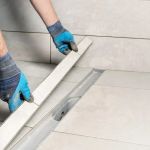 How to Replace an In-Wall Shower Drain: Step-by-Step Guide
How to Replace an In-Wall Shower Drain: Step-by-Step Guide